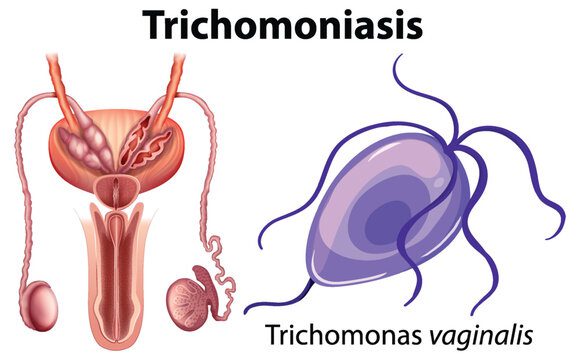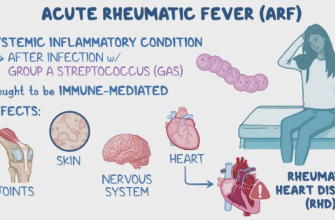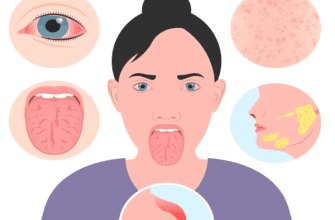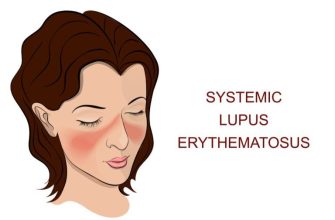Contents
1. Etiology
- Pathogen: Trichomonas vaginalis (flagellated protozoan parasite).
- Features:
- Anaerobic, thrives in urogenital tract.
- In women: colonizes vagina/urethra; in men: urethra/prostate.
2. Transmission
- Sexual (primary route, including oral-genital contact).
- Household (rare, via damp towels/washcloths).
- Vertical (mother to child during birth).
3. Symptoms
In women (70% symptomatic):
- Frothy yellow-green discharge with foul odor.
- Vaginal itching/burning.
- Dysuria and dyspareunia.
- Reddened mucosa.
In men (50% asymptomatic):
- Urethral discharge.
- Burning during urination.
- Prostatitis (if complicated).
4. Diagnosis
- Wet mount microscopy (motile trichomonads).
- PCR (most accurate).
- Culture.
- Rapid antigen tests.
Key point: Test both partners!
5. Prevention
- Condom use.
- Avoiding casual sex.
- Personal hygiene (no shared towels).
- Regular gynecological/urological check-ups.
6. Treatment
- First-line: Metronidazole (2 g single dose or 500 mg bid for 7 days).
- Alternative: Tinidazole (2 g single dose).
- Rules:
- Treat all partners simultaneously.
- No sex until cured (retest at 14 days).
- Avoid alcohol (disulfiram-like reaction).
7. How to Recognize?
Red flags:
- Fishy-smelling discharge.
- Genital discomfort after unprotected sex.
- Recurrent vaginitis/urethritis.
8. Post-Exposure First Aid
- Within 2 hours:
- Wash genitals with antiseptic.
- Shower with soap.
- After 5–7 days:
- Get a PCR test.
- Do not self-medicate with metronidazole!
9. How to Identify Trichomoniasis in Others?
Clues:
- Complaints of itching/discharge.
- Frequent UTIs.
- Unpleasant odor on underwear.
But:
- 30–50% of carriers show no symptoms!
- Only lab tests confirm diagnosis.







